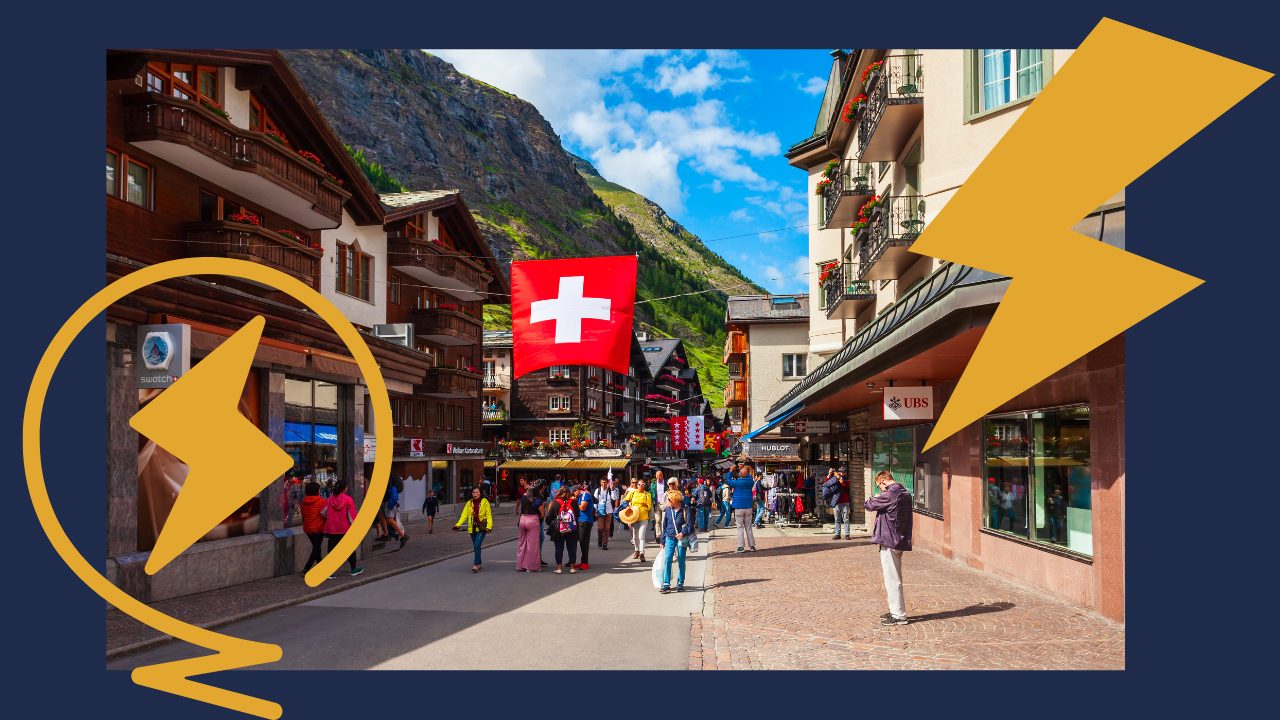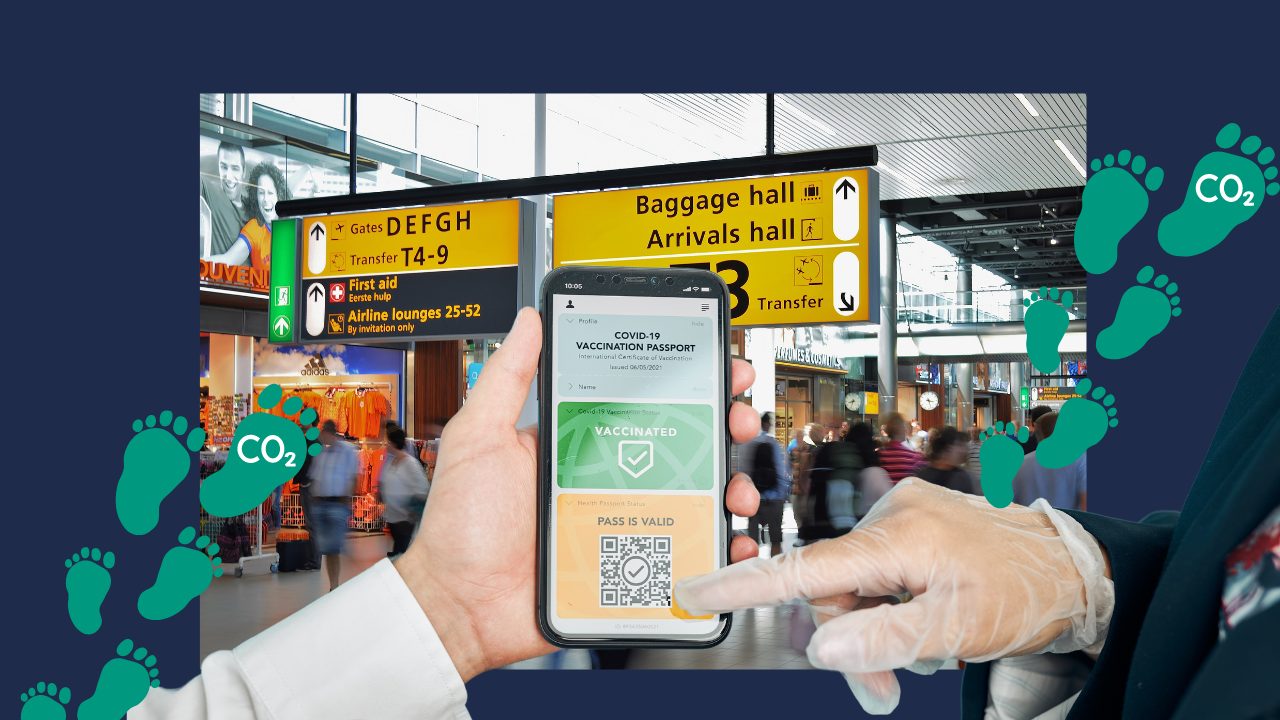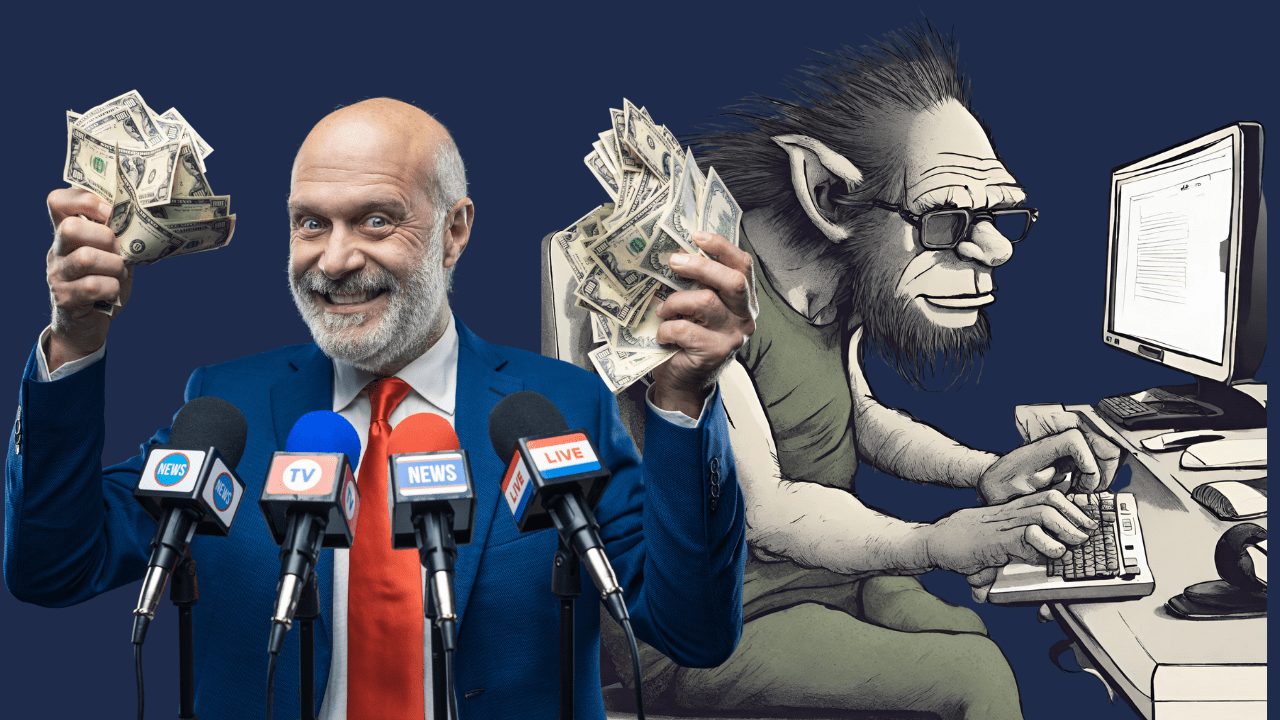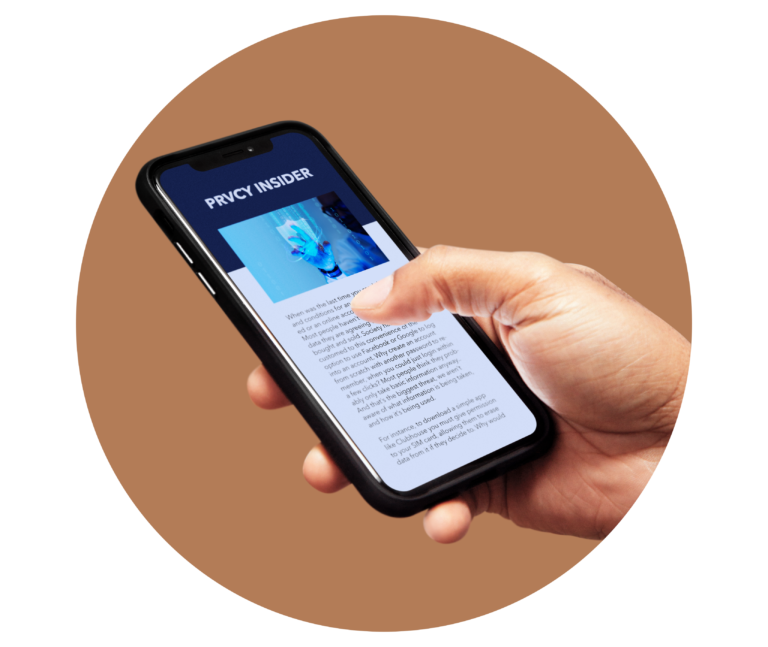Since the last decade, many content-oriented businesses have fully embraced the digital world. This transformation has tied them to platforms managed by technology giants or made them dependent on large technology companies.
For example, the entire existence of a YouTuber depends on YouTube, just as those who finance their content through Facebook are heavily reliant on the platform. Similarly, individuals with a large following on Instagram are intertwined with that platform. The profound shift in nomenclature is noteworthy: these platforms have become so inseparable that today we refer to people as “YouTubers” rather than “video journalists” and casually explain that we do it “for the money.”
In this digital age, the dynamics of the traditional supply chain have significantly changed. Content creation now predominantly occurs directly on and for these platforms, as opposed to creating content with discrete platform components.
This allows ordinary people with regular businesses, lacking marketing experience, to promote their work and focus solely on content creation. It frees them from the burden of the complex technical aspects of media production, and as a result, these platforms have drastically lowered the barriers to entry for content production, with both positive and negative consequences for consumers.
Nevertheless, it is essential to be aware of the significant risks associated with using these platforms, especially the danger of losing your work due to changing conditions.
For example, imagine waking up to find your YouTube account, which had tens of thousands of subscribers, inexplicably gone. Or, worse yet, discovering that your Facebook page or Instagram profile has suffered a similar fate. In an instant, your source of income and work vanishes.
These platforms may also introduce algorithmic changes leading to a loss of traffic or revenue. For instance, if a person’s Facebook page stagnates at around 12,600 followers for an extended period, it might not be a problem if the focus is on the quality rather than the quantity of followers. However, for those relying on numerical growth, such a situation could prove problematic. Imagine if YouTube were to cut payments to content creators by 30%.
Some critics suggest that YouTube might be on the decline.
t’s not just that YouTube is inundated with low-quality content, clickbait, and advertising. It’s not just that the once groundbreaking platform has become a Huxleyan dystopia of algorithm-driven content recommended by multinational corporations.
Independent creators are no longer discovered and promoted by the platform. The times when enthusiasts and authors shot brilliant, strange, and wonderful videos in their bedrooms and attics and uploaded them to YouTube are gone forever.
After the first “Adpocalypse,” the mass deletion of small channels producing non-“advertiser-friendly content,” YouTube began promoting celebrities in 2017. Celebrities, however, are the best for the YouTube algorithm. They are safe, they are harmless, and they are clickable.
YouTube executives like Robert Kyncl didn’t even try to hide their preference for Hollywood. In a 2018 presentation in New York City, independent YouTubers were nowhere to be found. Instead, what was showcased was the YouTube the company wants to show its advertisers: Ariana Grande on Vevo, Kevin Hart and Demi Lovato, and clips from The Tonight Show Starring Jimmy Fallon.
In the wake of the sudden shift to Hollywood, lifestyle vloggers like Carrie Crista, who had around 40,000 subscribers in 2018, expressed how the community felt: completely forgotten. “YouTube seems to have forgotten who made the platform what it is,” Crista told PR Week. YouTube is “pushing content creators away instead of inviting them to a social platform that encourages them to be creative in a way that other platforms cannot.”
So, you might find that these platforms are not meant to help your business grow, even if you pay for ads, follow all the rules, and create content as instructed.
And we haven't even talked about Google yet.
Superficially, setting up a website seems to offer some protection against these risks. You can establish and operate a website on platforms like WordPress and have full control. However, indirect dependence on a single company persists, albeit somewhat concealed.
Websites have limited growth potential. Video content has become the dominant medium, overshadowing the written word on websites. The fact that online newspapers rely on paywalls or donations underscores that online advertising is insufficient as a sustainable revenue source. Moreover, it is in the interest of Big Tech to divert consumer attention from websites controlled by content creators to platforms owned by these tech giants.
This is because Google dominates 92% of search traffic today.
In today’s times, content creators are always connected to Big Tech platforms in some form. A digital publication without these platforms is practically unimaginable. This situation raises concerns about monopolistic tendencies. For example, if you want to create video content, the unequivocal answer is YouTube. While there are alternatives like Vimeo, with only 240 million monthly viewers compared to YouTube’s incredible 2 billion, they are not comparable.
Furthermore, Google’s preferential treatment in search results reinforces YouTube’s dominance in video content and makes transitioning to an alternative platform a more complicated challenge than migrating a website to a new hosting service.
If the content you create doesn’t align with the mainstream, algorithms may misinterpret it, falsely categorize it as hate speech, associate it with misleading tags or inappropriate content, or mistakenly view it as harassment.
We call that: censorship.
The automated nature of Big Tech platforms heavily relies on algorithms that struggle with nuanced scenarios and may not accurately recognize the subtleties of human expressions.
Alternatively, content creators may fall victim to sabotage, where competitors generate false traffic on their platform, knowing that such behavior can lead to penalties. As explained in Google’s support documentation, the consequences of invalid traffic can be severe and may potentially result in the suspension of an AdSense account, a crucial source of income for many content creators.
Consequently, the survival of one’s content business is closely tied to the thoroughness and accuracy of the information provided in this single form. The lack of a meaningful dialogue or an appeals process underscores the seriousness of the situation. While some Big Tech platforms like YouTube seem to follow a Three-Strikes policy, the practical application and effectiveness of this policy remain unclear.
It is noteworthy that content creators are vulnerable even in the absence of fraudulent activities.
The platform that was once the Wild West of creativity has been tamed and homogenized by commercial interests. In YouTube’s terms of service, for example, it is stated that access to certain services may be blocked if YouTube is no longer considered “commercially viable.”
Remember MySpace? That was the social media platform before it was obliterated by Facebook. No one thought MySpace would die; it was a sure thing, just like social media today. YouTube and Instagram are full of content originally created on TikTok, complete with the TikTok logo, and I confess guilt as I’ve even posted these videos in our Telegram channel.
So, what can a content creator do? Here are a few ideas:
Understand the Terms of Use
Content creators must understand and adhere to the terms of use of their platform. For example, Facebook pages are not allowed to include “products, brands, or sponsors from third parties,” and the cover image must not contain contact information or excessive text. YouTube has similar guidelines, like all others. There are also many rules for contests. Not all of these are set by the platform and are generally quite reasonable and easy to comply with.
However, be aware of what you accept regarding copyright and privacy: Anything you post on Facebook, Instagram, and TikTok means you grant them a “non-exclusive, transferable, sublicensable, royalty-free, and worldwide license to host, use, distribute, modify, perform, copy, publicly perform or display, translate, and create derivative works of your content.”
Stay Informed
All terms and conditions change, and what was allowed before may not be today. Therefore, you really need to read the update emails and notifications.
Follow a Multi-Platform Strategy
The problem is that this can be expensive, especially for smaller providers, and Big Tech actively discourages it to direct traffic only to their platform. Many of us, for example, have noticed that Facebook seems to hide YouTube links on pages… so some people create teaser videos only for Facebook or embed videos on a website and then post them.
#PRVCYTipps
If you want to promote your business or simply create digital content for the sake of art, here are 3 alternative social media you can use:
Rumble
Rumble is a censorship-free video platform where users can upload their short films or videos and create their own channels, just like on YouTube. Recently, Rumble has received a rush of conservative content creators who have left Twitter and Facebook.
In their business model, the channels including small paid from day one.
Decentralized YouTube
There are ways to decentralize youtube, for example, we use a youtube account to upload content, but we encourage the use of the New Pipe App as an ad-free youtube source, we can create new ways to distribute and promote content. PRVCY has a youtube channel and uses the platform to share our mission, but the main distribution of content is via Telegram.
Even though Big Tech would have us believe we have no other options, check out PRVCY: You’re reading this and watching my videos because Telegram.
Not only is it the perfect place, but it also allows us to create content.
Telegram Foss
And this last point leads me to recommend that you share your content in the Telegram channels and groups that allow content creators to build engaged communities around their content that enable meaningful interactions and feedback.
But not the regular Telegram app, but the
FOSS-Version from the F-Droid community guarantees you that this version has no monitoring/tracking system, no backdoors, no attacks, etc., because F-Droid compiles each app, not the author. So the app exactly mirrors the known source code.












